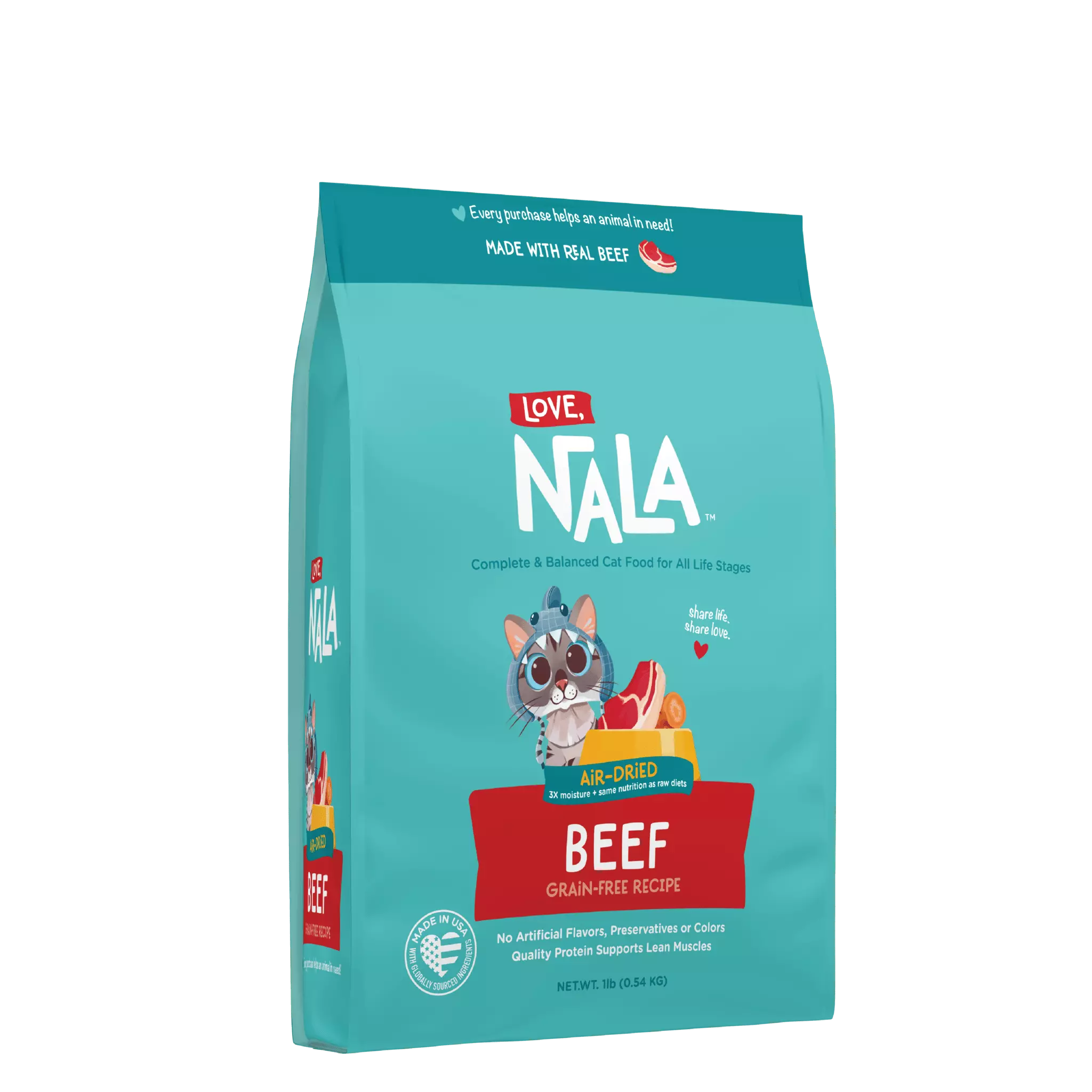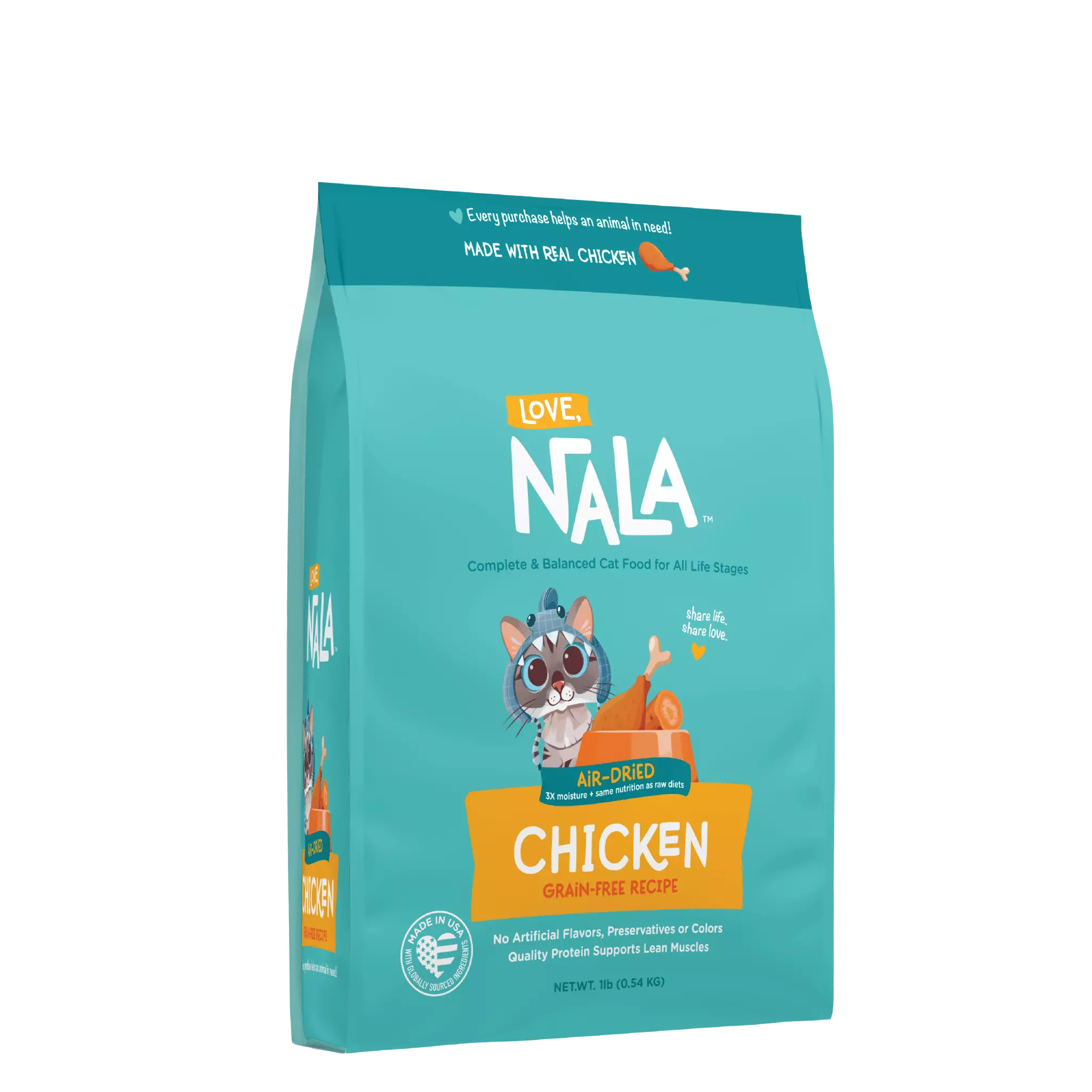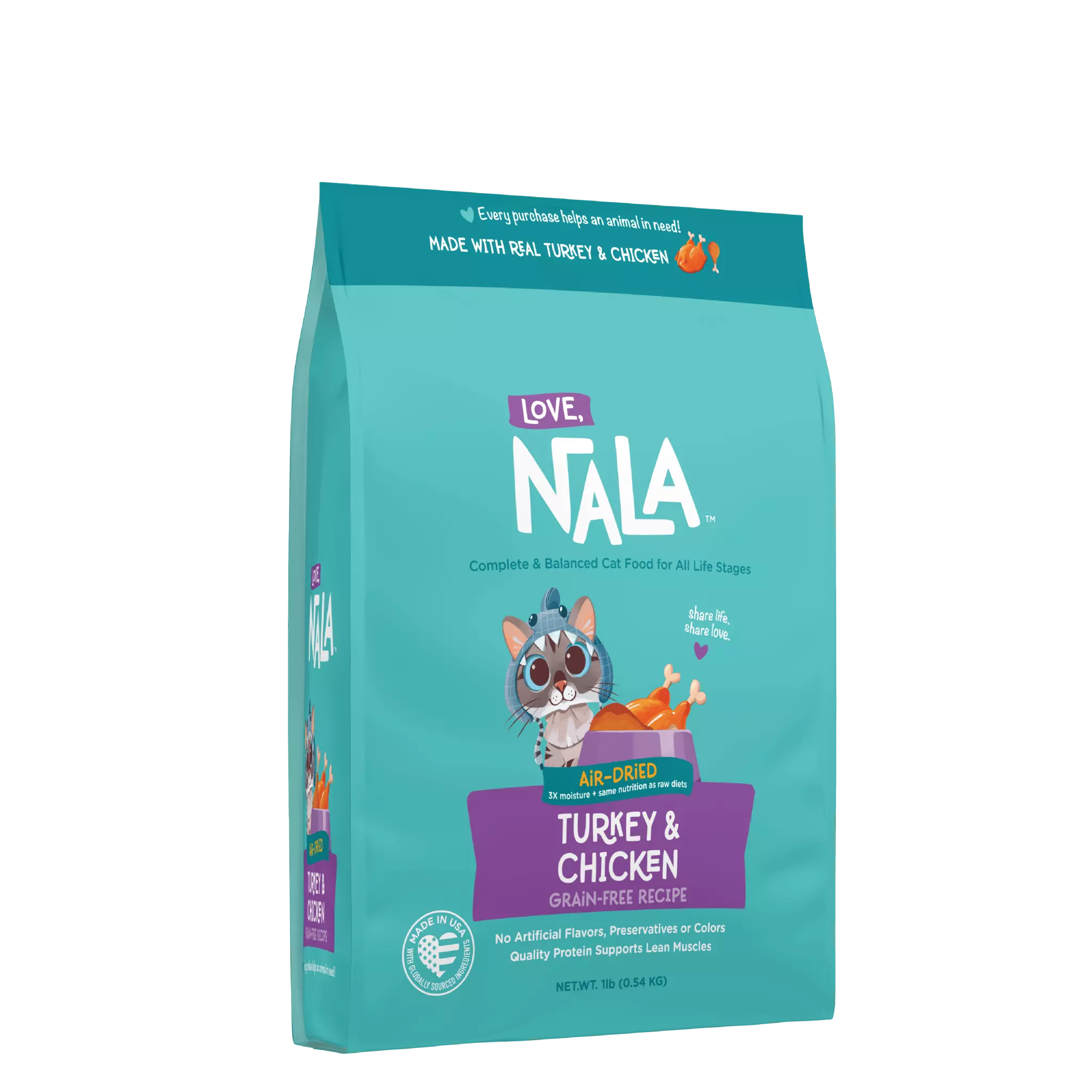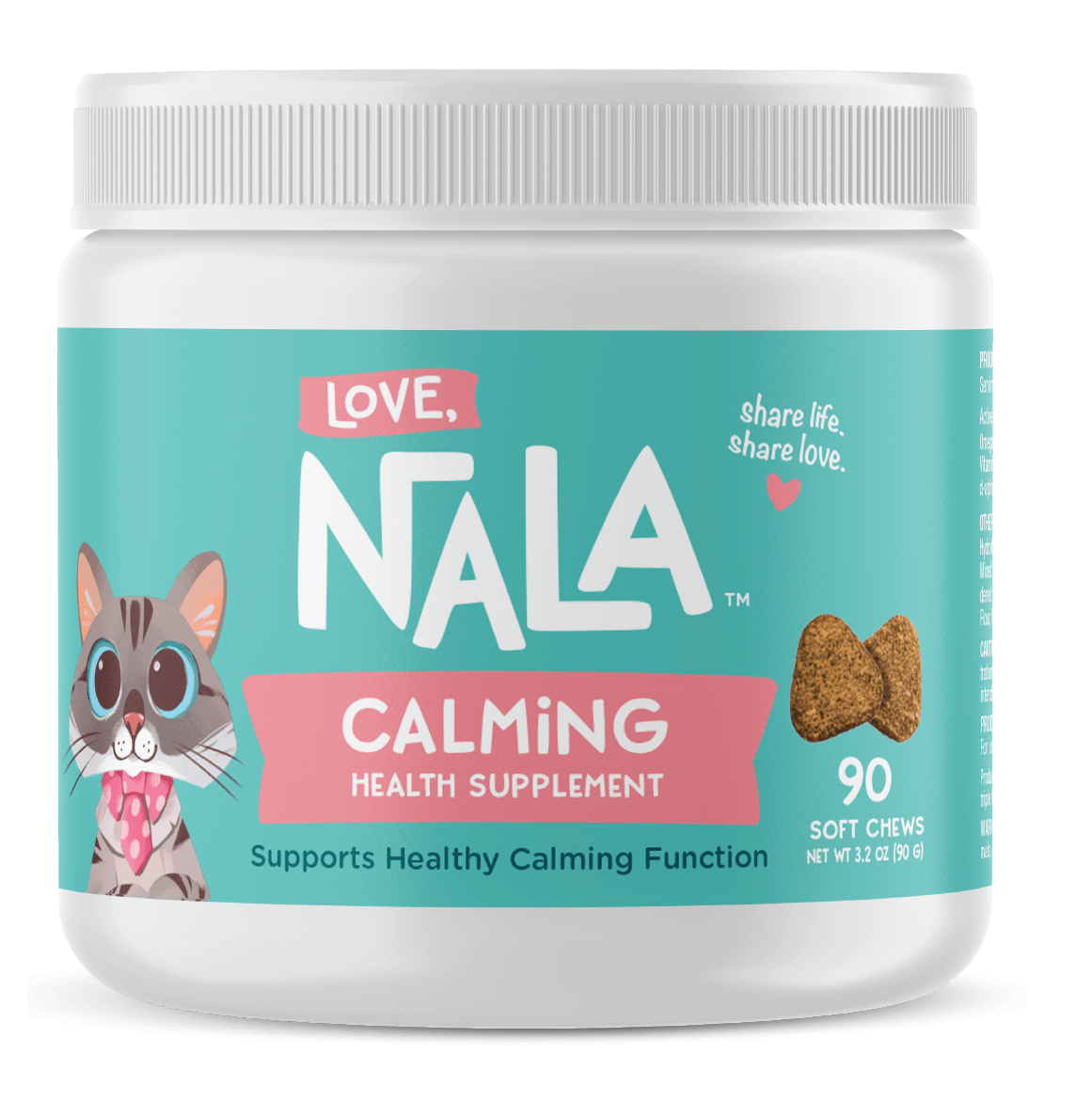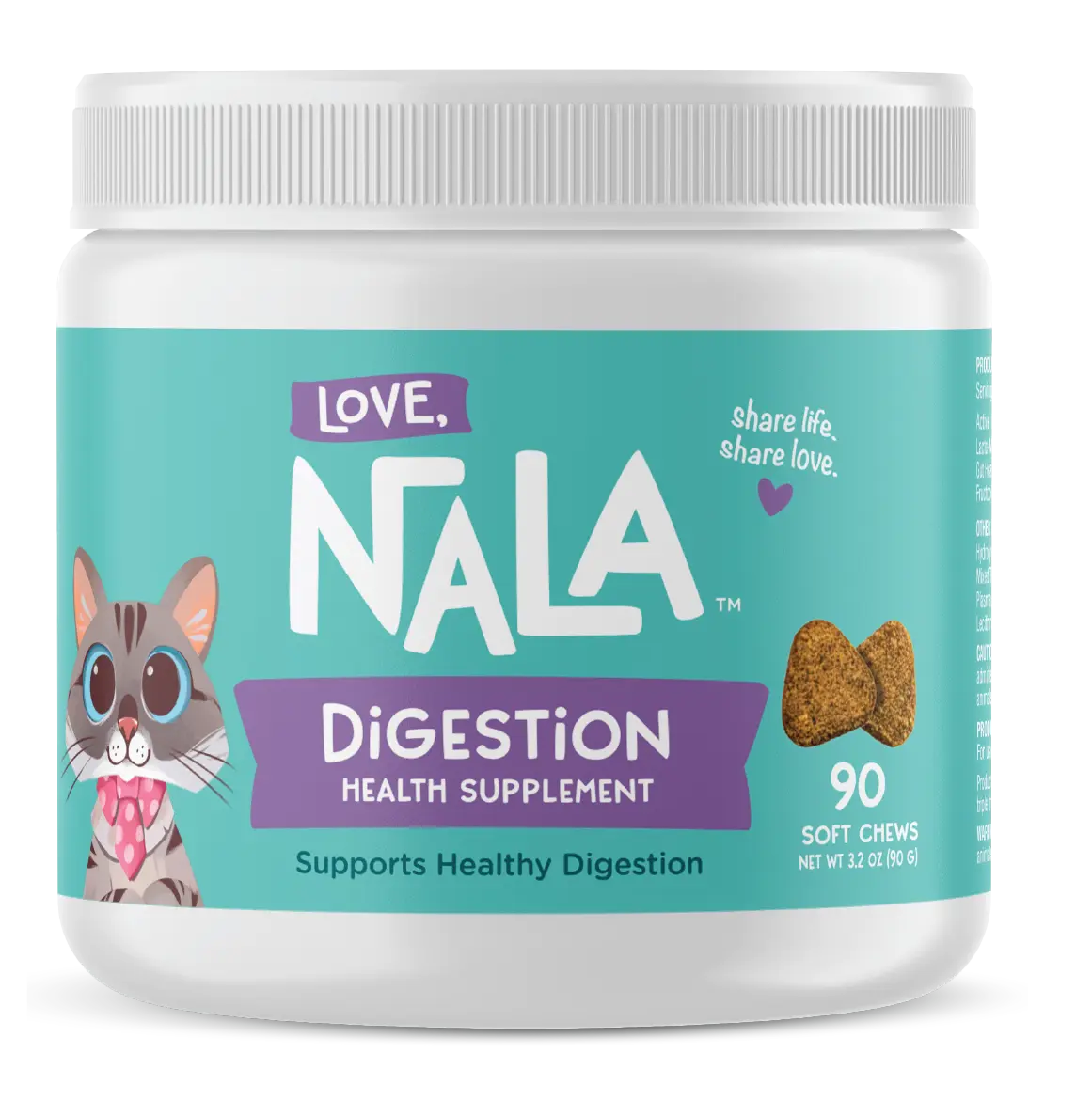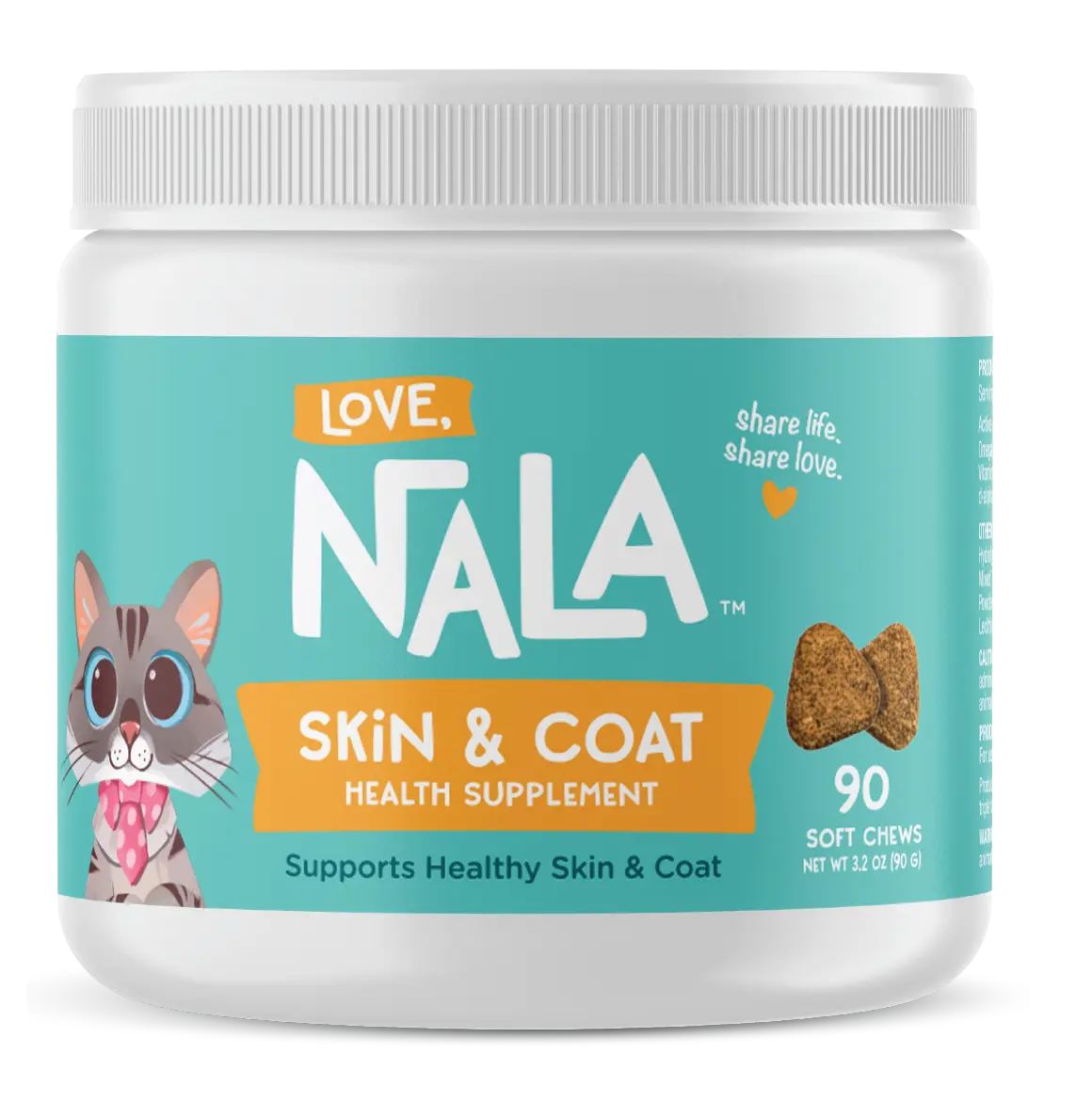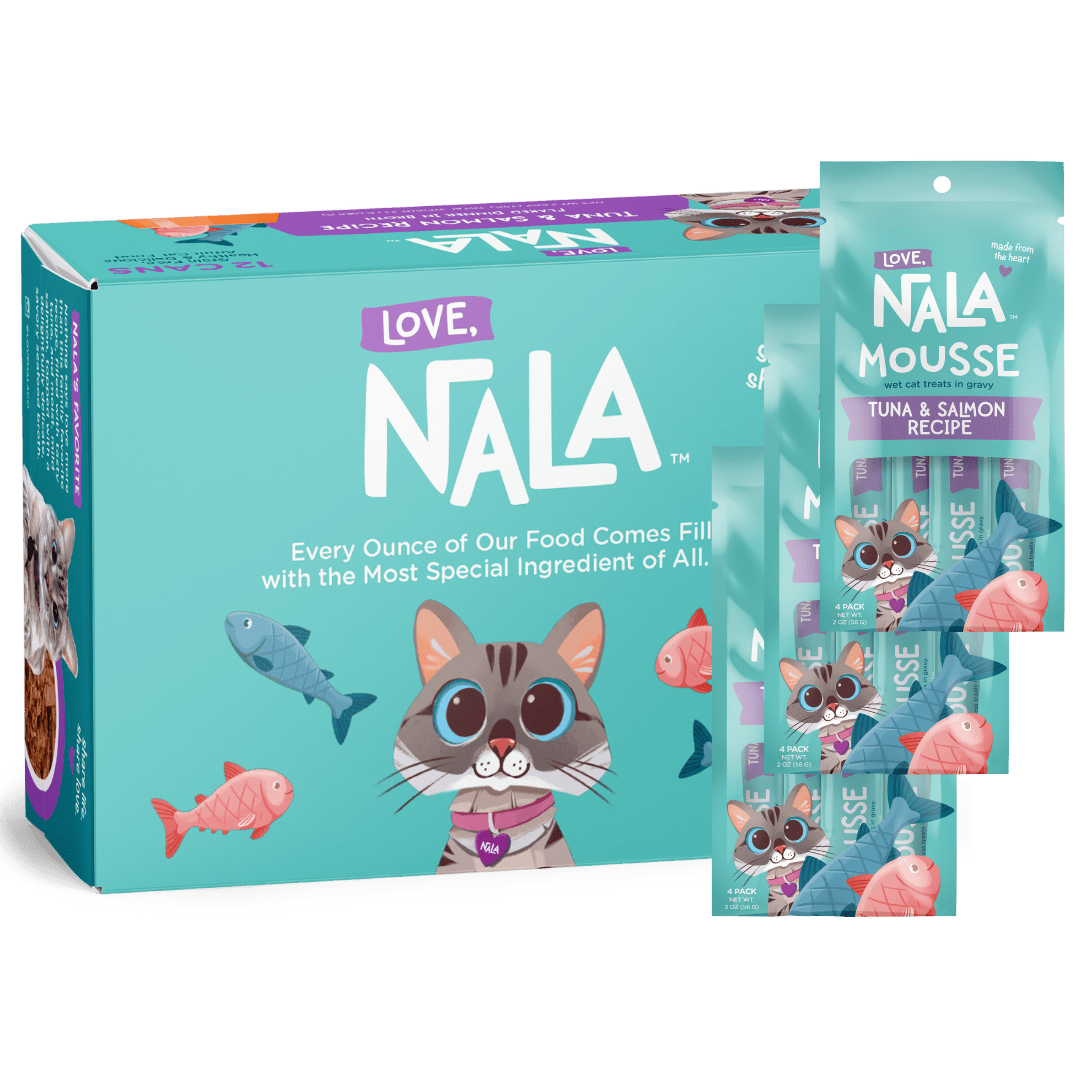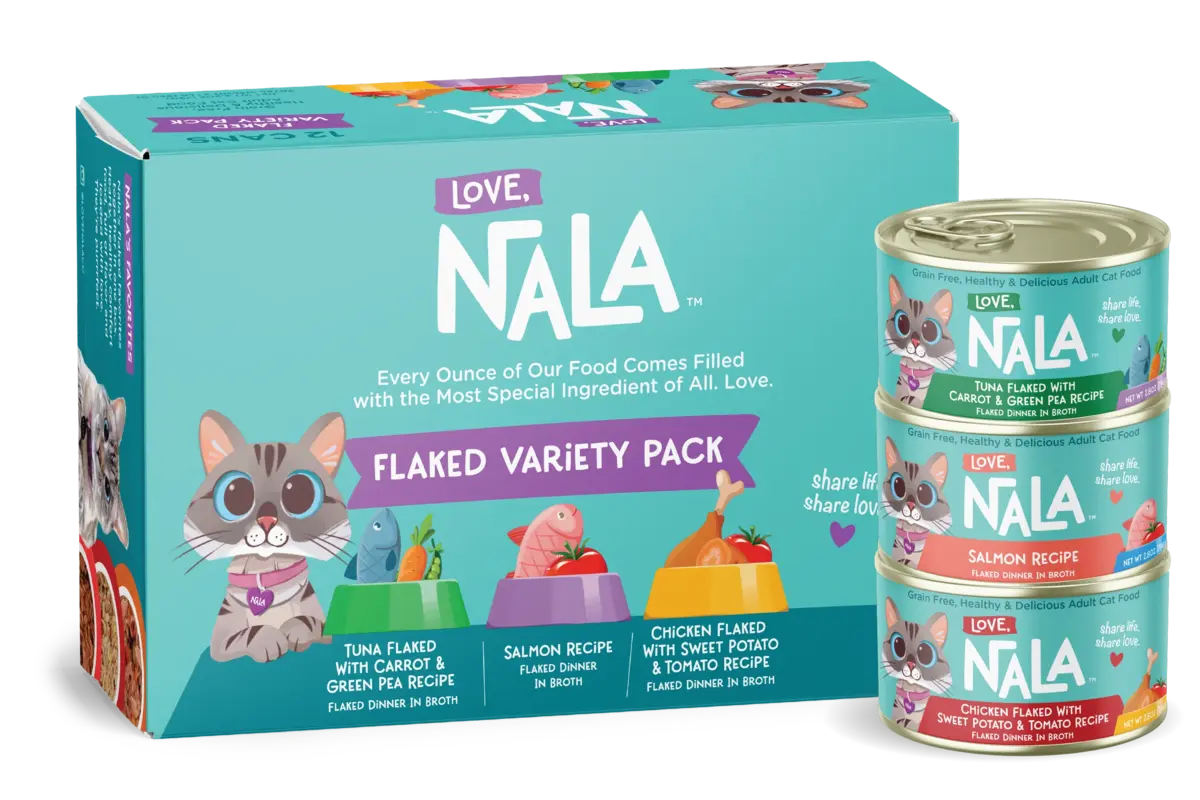What’s a better way to feed your cat to keep them happy and healthy - scheduled feeding or free-feeding? Both options have pros and cons that can impact your cat’s health and well-being. Continue reading to learn more and decide which method is best for you and your cat.
Scheduled feeding is when you feed your cat meals at designated times every day. Cats love a routine and scheduled meals help regulate their hunger and digestion. This allows you to carefully monitor how much your cat is eating, which helps in maintaining their weight. You can also observe your cat’s appetite and eating habits and quickly notice any changes that arise, which can indicate medical issues. You can also use scheduled meals to help train your cat. For example, if they learn that meals come after play sessions they may get extra excited when the wand toy comes out. Feeding on a schedule also helps you bond with your cat as you go through your mealtime routine together.
However, if you feed on a schedule, your cat may get hungry in between meals which can lead to meowing or begging for food - or worse, trying to eat YOUR food either off your plate, counter tops, or from the garbage can. If for some reason a meal is missed - you had to work late, a pet sitter isn’t available at the exact meal times, etc - your cat may get stressed or upset and even act out behaviorally since their routine has changed.
Free-feeding is when your cat has access to food at all times. This lets them eat whenever they want and, usually, as much as they want. Constant access to food can be useful for cats who graze rather than chow down. A little bit here and there is no problem for cats who like to eat small amounts fairly often instead of two big meals per day. Cats like having access to food because of course they do. It’s there when they want it, ready to be eaten. Free-feeding is also very convenient, especially in multi-cat households. You set out some food and don’t need to think about it anymore. The cats have been fed.
Free-feeding can easily lead to overeating, obesity, and the health issues that accompany being overweight. Constant access to food often means cats are eating when bored, lonely, stressed rather than when they’re actually hungry. When you’re not feeding meals and watching how much is eaten, a pet owner can’t properly monitor how much their cat is eating and if that amount has increased or decreased. Since food is left out longer, the wet food can spoil and lead to stomach upset or worse. Free-feeding also is typically a kibble-heavy diet, which is not healthy in general. Large portions of kibble can easily lead to weight gain.
When choosing which method is best for you and your cat, you really need to think about your cat and their personality and eating habits as well as your own lifestyle and schedule. Consider your cat’s age, health, diet, and activity level. Kittens, for instance, need a lot more calories than a mellow senior because of the calories they burn while playing and to sustain their growing bodies. An overweight cat, depending on other medical issues, would likely do best with scheduled feeding where their owner can monitor their intake. Cats with food aggression or cats in multi-cat homes may appreciate free-feeding and be comforted with knowing they have access to plenty of food. Ultimately, nobody knows your cat better than you, but whatever method you choose, make sure to feed wholesome, nutritious food so you can help your cat stay happy and healthy for years to come.
Love, Nala
